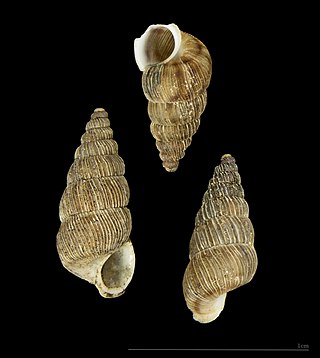
Cochlostomatinae are a family of small land snails which have opercula and gills. These are terrestrial gastropod mollusks in the superfamily Cyclophoroidea.

Plaxiphora is a genus of chitons in the family Mopaliidae. It is distributed in the Atlantic, Indian, and Pacific Oceans, primarily in the south-temperate and subantarctic regions.
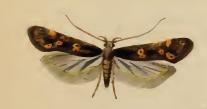
Mirificarma is a genus of moths in the family Gelechiidae.
Palaeomicroides is a genus of small primitive metallic moths in the family Micropterigidae. The genus is endemic to Taiwan.
Palaeomicroides obscurella is a species of moth belonging to the family Micropterigidae. It was described by Syuti Issiki in 1931. It is endemic to Taiwan. Adults have been collected in July at about 1,400 m (4,600 ft) above sea level in central Taiwan.

Synemon is a genus of moths within the family Castniidae. It was described by Edward Doubleday in 1846. The genus contains 24 described and 20 undescribed species. These species are found across mainland Australia and on Kangaroo Island, with the highest diversity in Western Australia. Synemon species can be found in a range of habitats, including woodlands, heathlands and native perennial grasslands. The adults fly during the daytime in warm to hot weather. They have clubbed antennae, and are often mistaken for butterflies.
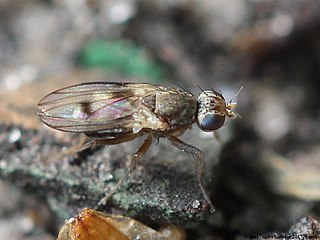
Trixoscelis obscurella is a European species of Heleomyzidae.
Sciota obscurella is a species of snout moth. It is found in China (Yunnan).
Mimopolyocha is a monotypic snout moth genus described by Shōnen Matsumura in 1925. Its only species, Mimopolyocha obscurella, had been described by the same author in 1911. It is found in Russia.
Anacampsis obscurella is a moth of the family Gelechiidae. It is found in most of Europe, except Ireland, Great Britain, the Netherlands, Portugal, Denmark, Fennoscandia, the Baltic region, Poland, Switzerland, Slovenia and Croatia.
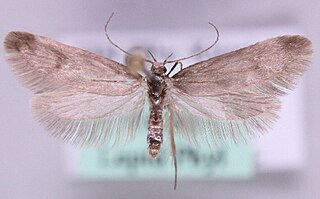
Denisia obscurella is a moth of the family Oecophoridae. It was described by Wilhelm Brandt in 1937. It is found in Scandinavia and northern Russia.
Touroultia is a genus of longhorn beetles of the subfamily Lamiinae, containing the following species:
Estola obscurella is a species of beetle in the family Cerambycidae. It was described by Monné and Giesbert in 1992. It is known from Brazil.
Touroultia obscurella is a species of beetle in the family Cerambycidae. It was described by Henry Walter Bates in 1865, originally under the genus Hypselomus. It is known from Brazil.
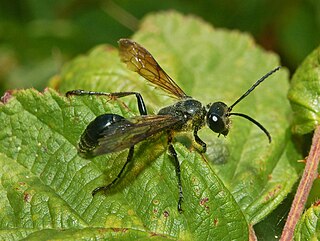
Isodontia is a genus belonging to the family Sphecidae. Adults emerge from their cocoons in early summer, and usually make nests lined with grass or hay in hollow plant cavities. This has led to their common name being grass-carrying wasps. The larvae are often fed Orthoptera that the adult has paralyzed.
Calliopsis obscurella is a species of bee in the family Andrenidae. It is found in Central America and North America.
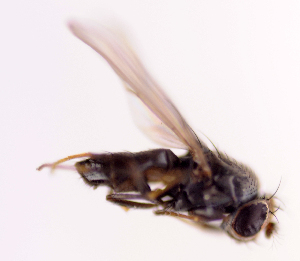
Discocerina obscurella is a species of shore flies in the family Ephydridae.
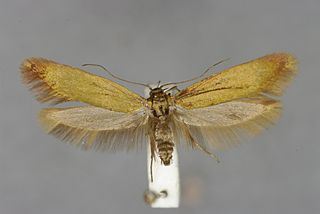
Scythris obscurella is a moth belonging to the family Scythrididae. The species was first described by Giovanni Antonio Scopoli in 1763.

Obscurella is a genus of land snails with an operculum, terrestrial gastropod mollusks in the family Cochlostomatidae.









